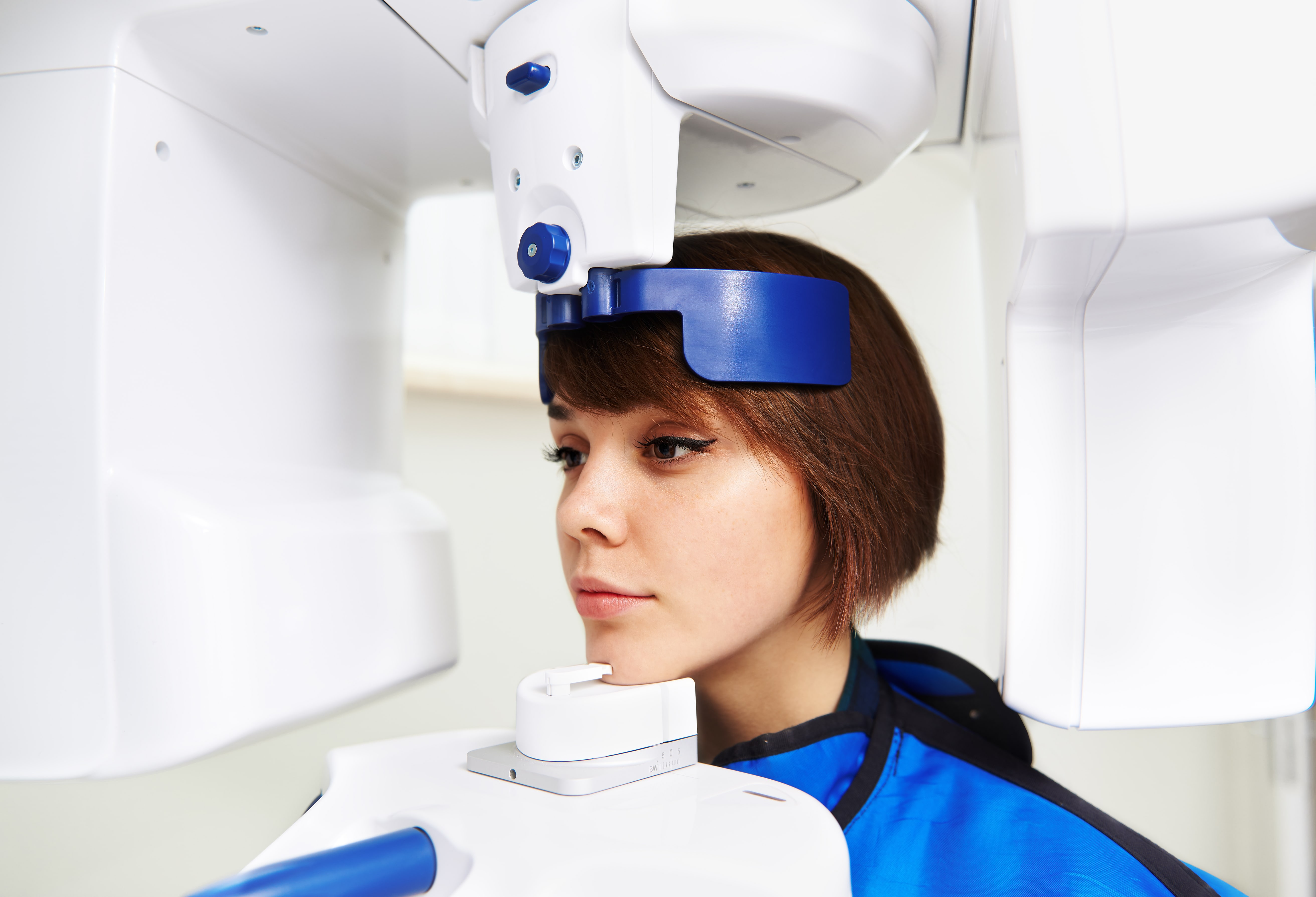Dental X-rays, also called radiograph, is a diagnostic procedure used by dentists as part of dental care treatment plan. An X-ray is a diagnostic procedure, but it can also be used as a preventive procedure in cases where the dentist uses X-ray to diagnose potential oral related problems before they become major. Dental X-rays use some energy that passes through the human soft tissues but gets absorbed by the dense tissues. Since the teeth are thick, they absorb the x-ray energy, and since the gums are soft, the x-ray energy passes easily through them allowing for an easier picturing of the teeth.
By definition, the dental x-ray can be referred to as pictures of the soft tissues around the teeth, teeth, and bones to help problem associated with the jaw, teeth, or the mouth. The x-ray images are useful as they show vital details such as bone loss, cavities, and hidden dental structures that cannot be seen under normal visual dentist examination. Teeth x-ray can also be performed as a dental check-up.
The x-rays are divided into two main categories namely intraoral-ray and extraoral x-ray. The intraoral x-ray refers to the x-rays that are filmed inside the mouth. On the other hand, extraoral display refers to the x-rays filmed outside the mouth.
Intraoral x rays
Intraoral X-rays are the most common type of dental X-ray. Intraoral X-ray offers lots of details allowing a dentist in Mississauga to find cavities on the tooth, check the tooth root’s health, check the tooth surrounding and check the status of any developing teeth in the mouth. In a nutshell, the X-ray helps the doctors monitor the general health of the teeth and the jawbone.
Extraoral X-Rays
The extraoral x-rays show the teeth, however, the focus of these x rays is the skull and the jaws. This teeth x-ray does not provide many details like the intraoral x-ray, and it’s the reason why it is not used in the detection of cavities or checking of individual teeth problem. Extraoral x-rays are otherwise used in searching for impacted tooth, monitor the development and growth of the jaws regarding the teeth and identify problem between jaws, teeth and the temporomandibular joint.
Benefits of dental x-rays
Many patients going for dental checkup are unaware of the actual risks and benefits associated with x-rays. The dental x-rays help dentists in visualising the teeth diseases and any other conditions in the surrounding teeth tissues. In addition to helping with the visualisation of teeth conditions, dental x-rays help dental doctors to find and treat dental related problems early before they worsen. The ability of dental x-rays to detect teeth conditions early can help one save money, unnecessary discomfort and it can even save a life.
For the people afraid of dental X-rays, dental x-rays are safe and expose the patient to the minimal amount of radiation. For a safe process, it is important to consult the services of only qualified dentists. If the x-ray process is done with all the safety precautions followed, there is a possibility of removing unnecessary radiations allowing doctors to focus the beam on a particular point of the mouth. Technology has also helped reduce the risks and increase the benefits of the process, with the high-speed films the dentist can reduce the amount received by the patient.

